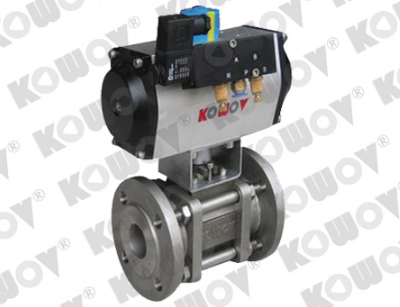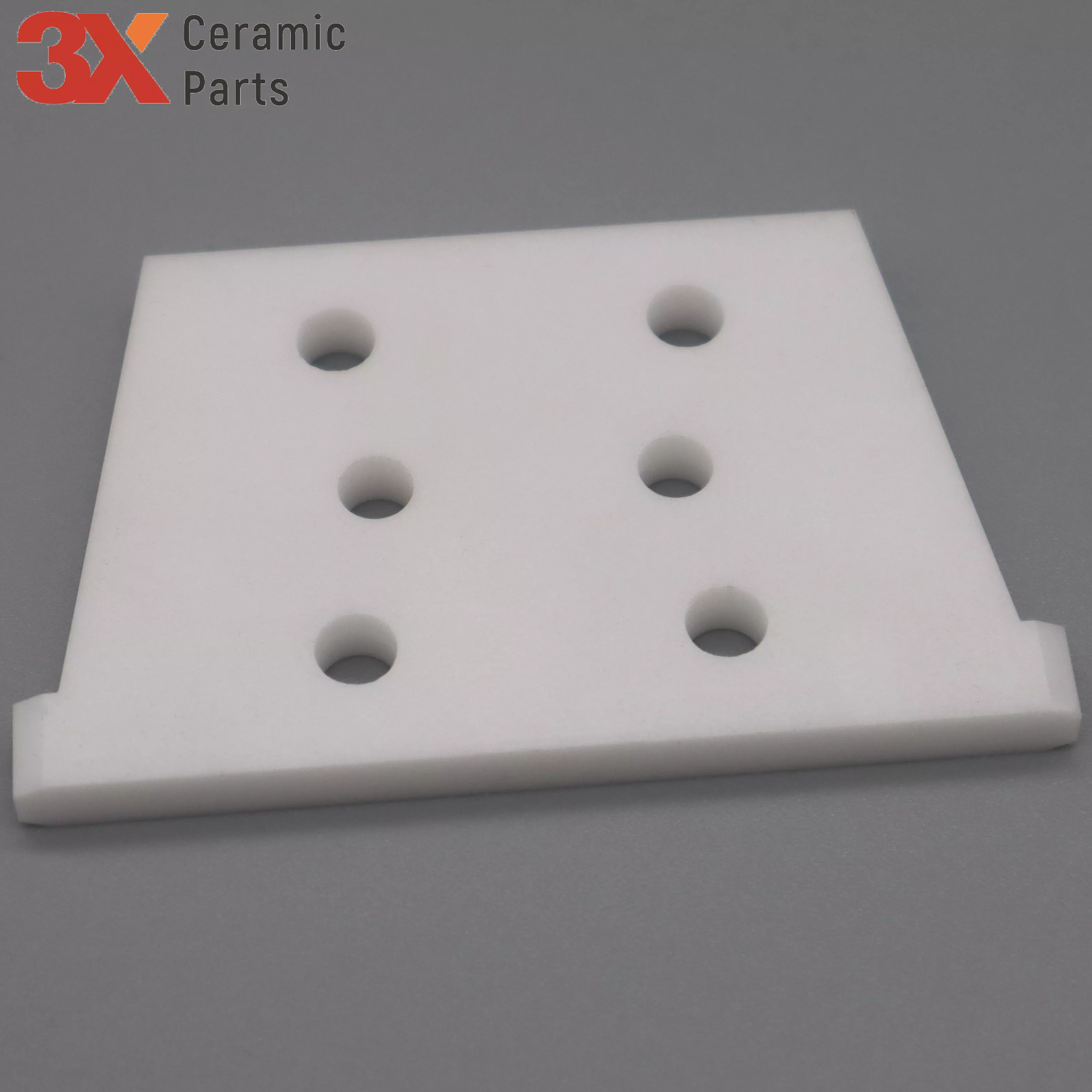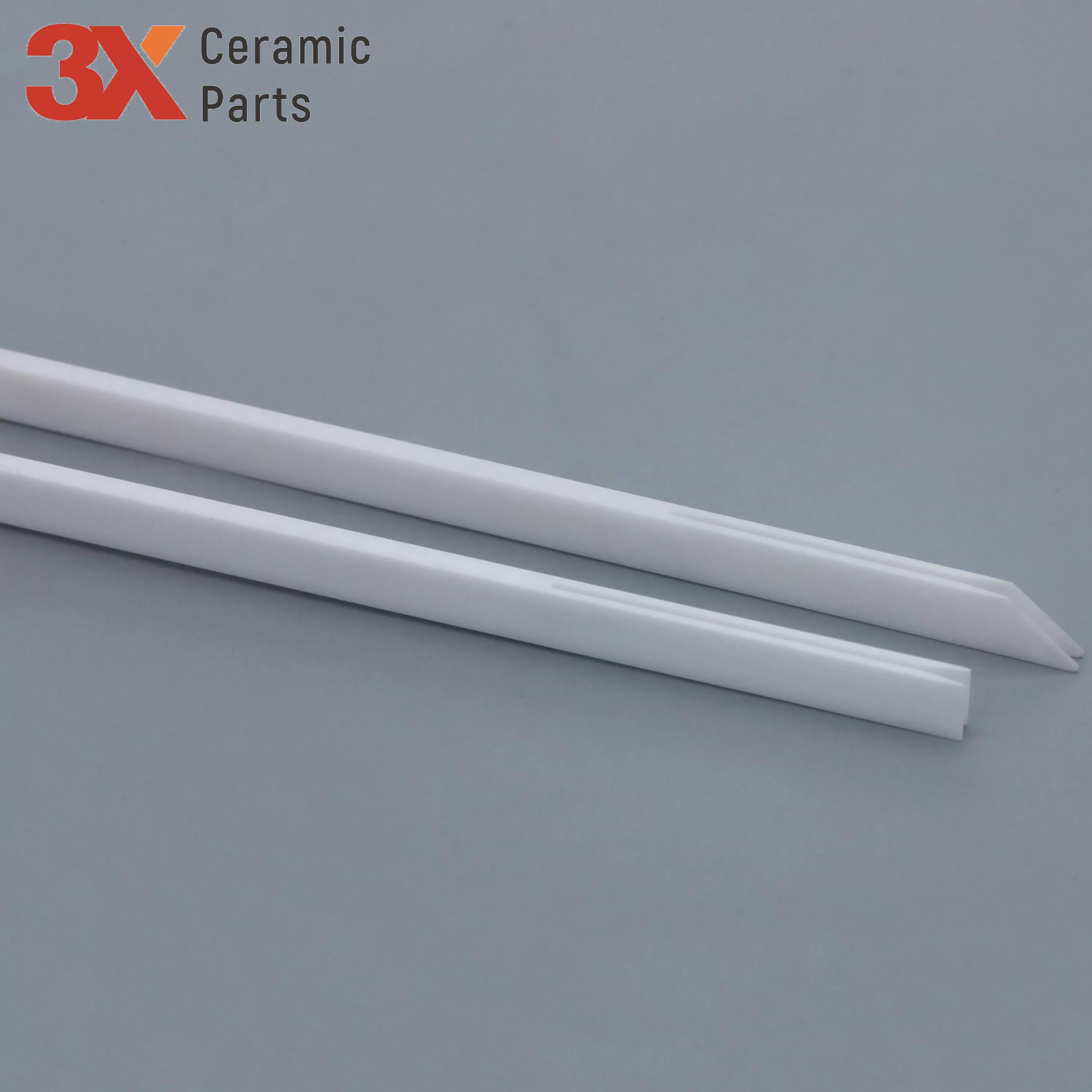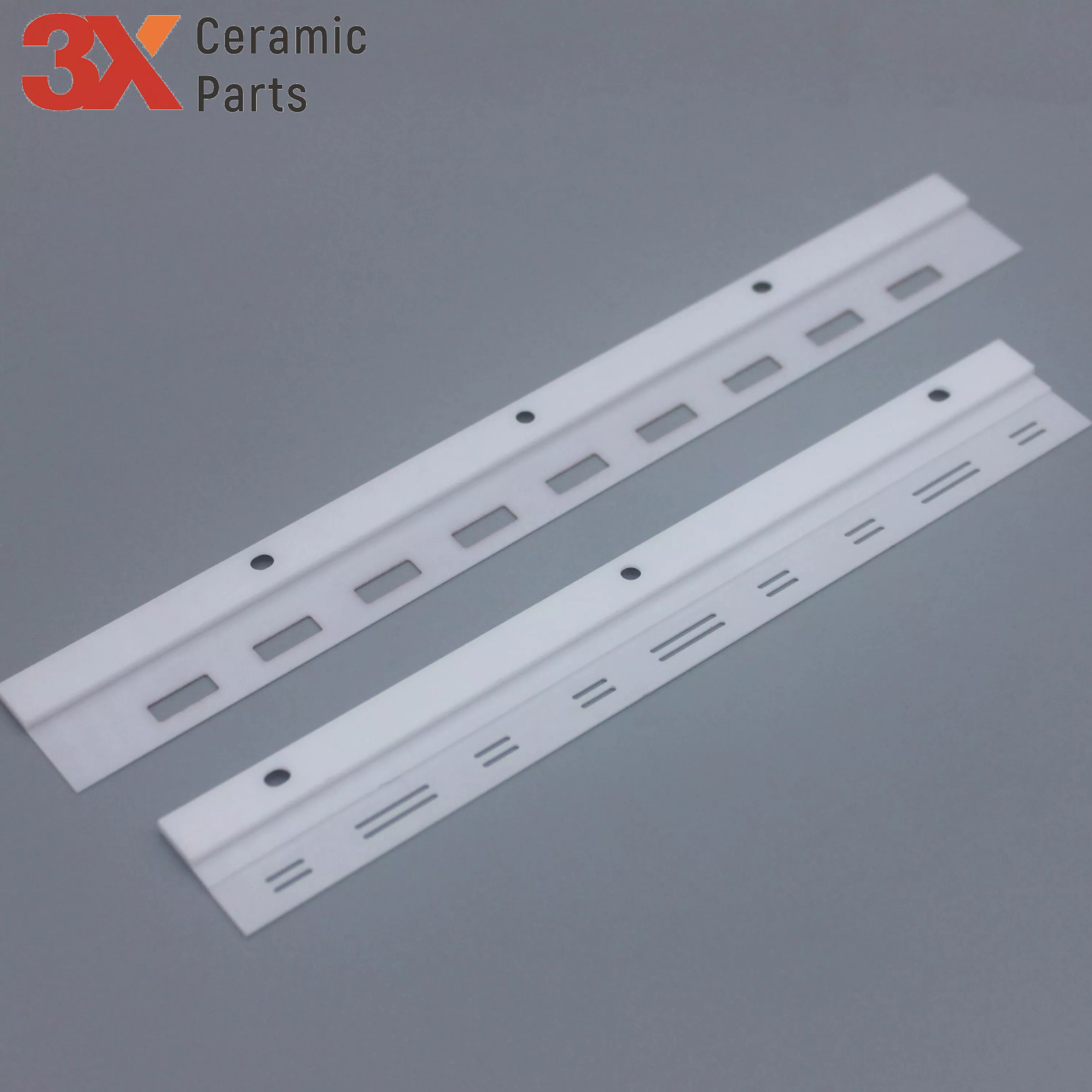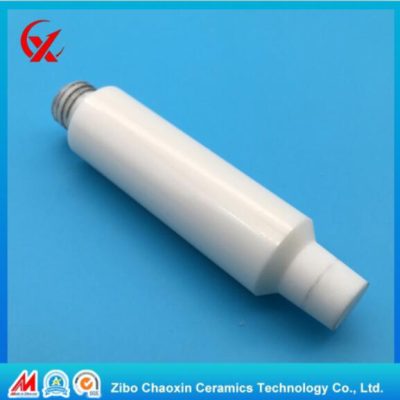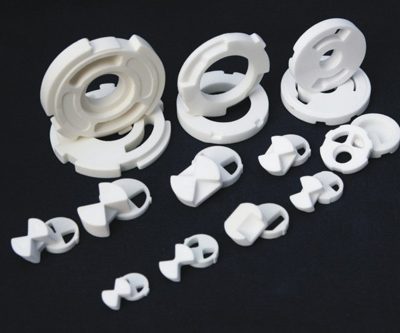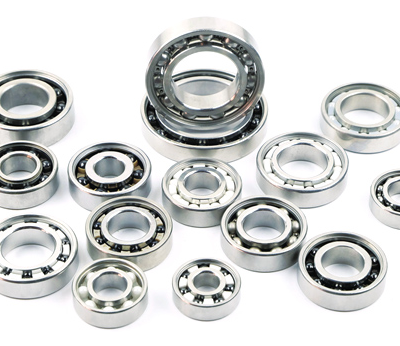Ceramic Control Valves
View on your phone Views: 0Category
Materials and content
Production Process
Product Description
- Model
- Brand
- -
- Origin
- -
- Port
- -
Contacts
Features
● All interior body surfaces and the ball are made of solid ceramic for superior erosion/corrosion/abrasion resistance.
● In addition to the features and benefits that have made it the process industrys most preferred lined ball valve wordwild, KOWOV offers the V-port ball valve for precise modulating control services.
● The ceramics have extremely high shock & erosion resistance to maintain controlling ability and sealing property for a long time. So only with ceramic cores, can the ball valves be used as controlling ones.
Product Details
Structure feature: Optional V-port ball provides equal-percentage control for throttling abrasive/corrosive media. It can meet different needs of automatic control.
● Manual operation is available for all the electrical control valve and can be selected for all the pneumatic control valve.
● To meet the requirements of all customers, diversified kinds of actuators, imported or domestic/pneumatic, electric or hydraulic, are available to be installed steadily on the valve bodies, not affecting the leaking of the valve stems.
● Recommended for the most strict environment. Ceramic ball valve is the best choice after solving the problem of heavy corrosion and wearing.
Application Area:
1. power plants ( FGD units, fly ash, lime & lime slurry, and gypsum, filtrate water with solids…)
2. waste incinerators ( FGD, lime slurry, HCI scrubber water…)
3. steel production ( coal powder injection, converter desulphurisation of melt, lime, silica, MgO…)
4. pulp & paper ( Kaolin, Bentointe, Talcum, Quartz, MgO, CaCO3, other fillers, bleachers, pulp rejects, NaOH, green liquor…)
5. chemical process plants ( acids, metal slurry, bases, polymers, TiO2, slurry, TiCI4, FeCI2, caustic, mixes…)
6. pneumatic conveying ( sand, lime, glass, cement, ore, gypsum, poeders…)
7. fertiliser: ammonium nitrate, phosphoric acids & solids









